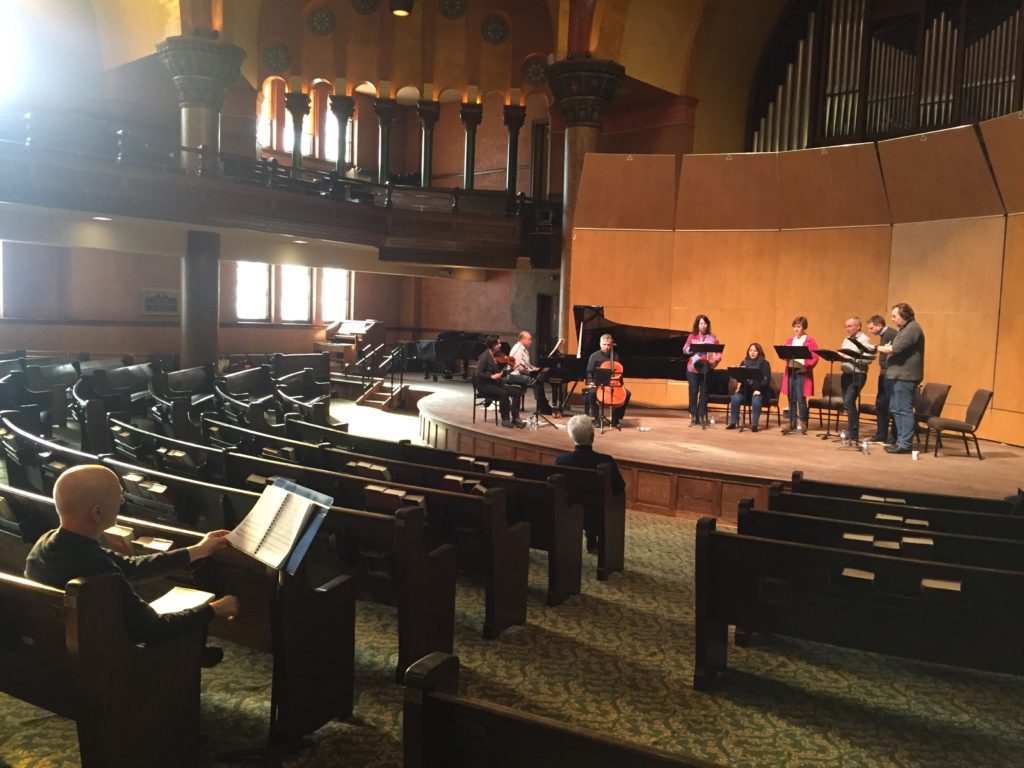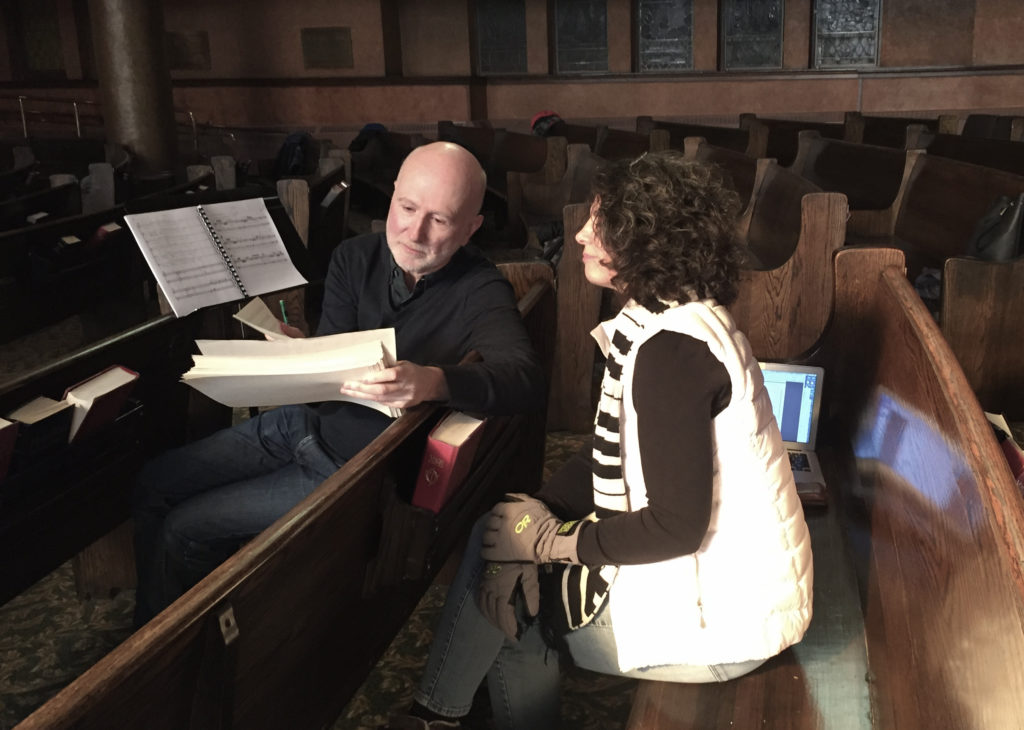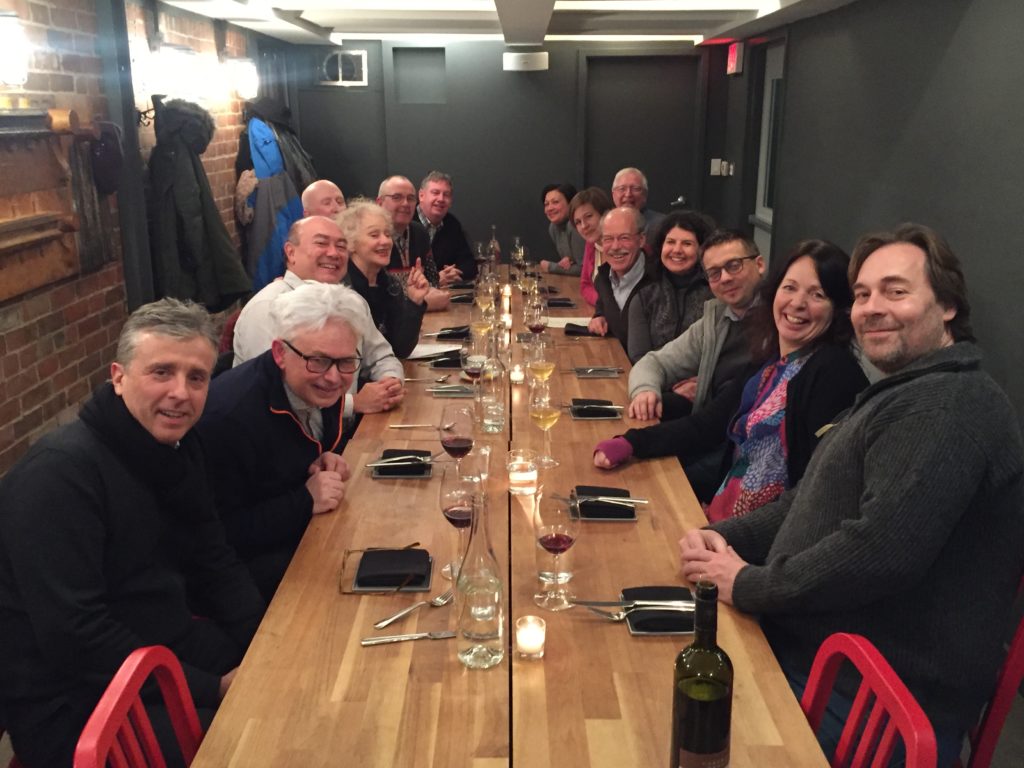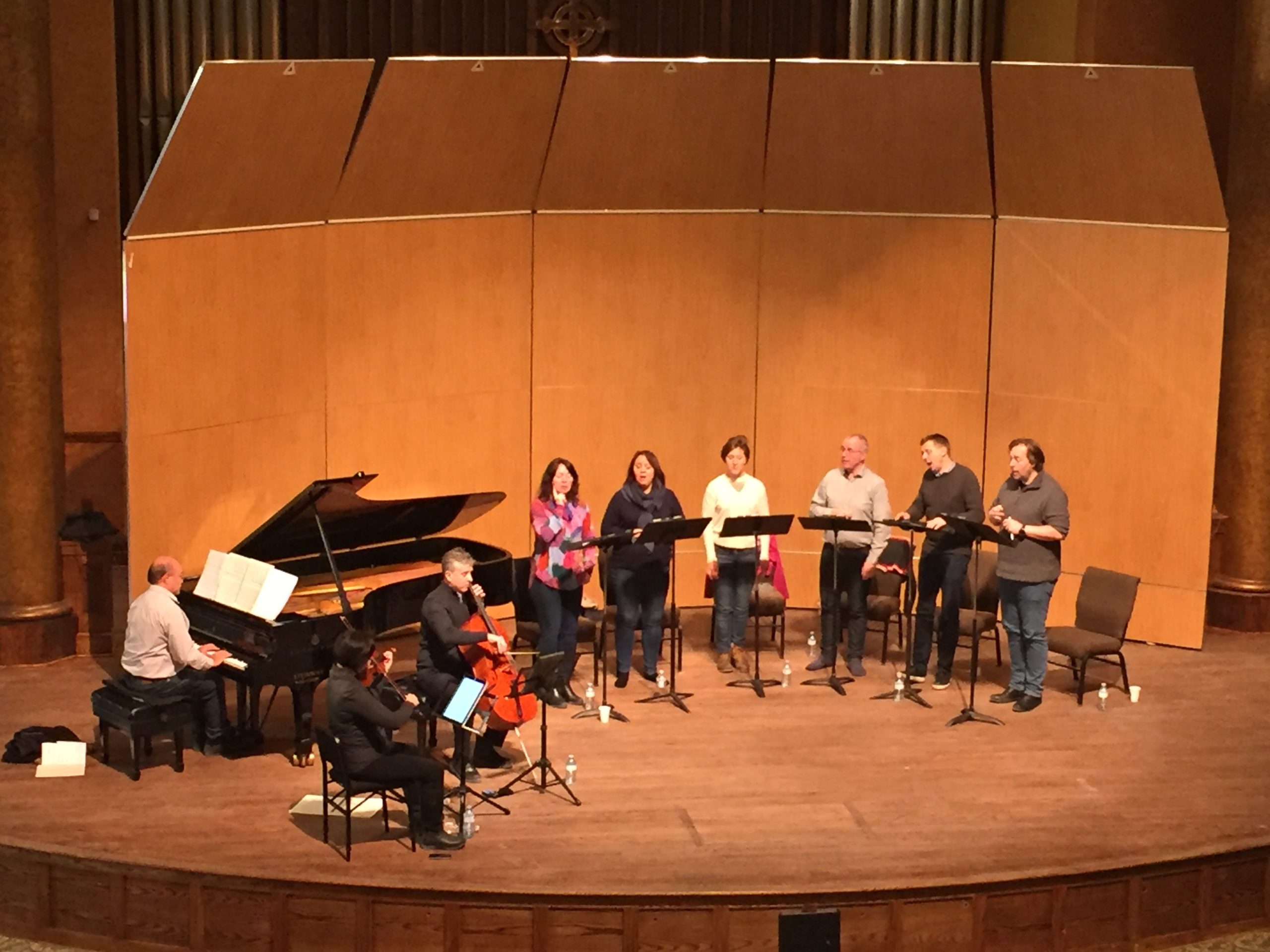SoSCC co-commissioned Scar Tissue by Vancouver, BC-based composer Jeffery Ryan, with librettist and Giller-prize winning novelist and poet Michael Redhill. The premiere of Scar Tissue, in Ottawa, ON, Canada at the Ottawa Chamber Fest Concert Series was performed by the iconic Canadian piano trio, the Gryphon Trio, in collaboration with the world-reknowned vocal ensemble Nordic Voices.
Themed on the concept of disturbance, recovery, and the role of relict structures in the recovery process, this piece captures in 9 movements how systems recover from devastating events and the establishment of a new normal. In human wound healing, in refugee crises, in weather disasters, in financial crashes, in rainforest deforestation, in accidents changing traffic flow, and in family transitions of death or divorce, the cycle of recovery is slow and never quite gets back to the original starting place.




The Origin of “Scar Tissue”: Disturbance, Recovery and the Roles of Relict Structures
Background. At the University of Utah in 2014-15, a faculty-led transdisciplinary research colloquium developed by forest ecologist Professor Nalini Nadkarni engaged researchers from widely different disciplines around the common theme disturbance and the role of “relict” structures in the recovery of systems. Forest ecology, neurology, macroeconomics, urban planning, civil engineering, economics, burn trauma, human development, modern dance, and refugee studies all have rich existing research on this theme. The text here was modified from an overview document prepared by the participants, and adapted for this commissioned work.
Introduction. Many systems experience disturbance and recovery and sustain relict structures, with unknown consequences. A human brain, an interstate highway, a country’s economy, a human life, a city’s infrastructure, a modern dance performance, and a refugee family, are all systems with critical internal connections, which are vulnerable to agents of disturbance that result in loss of functions. A stroke causes loss of speech; an accident interrupts the flow of traffic; an emotionally distant parent disrupts infant social development; a tornado disrupts electrical power, a fall interrupts the flow of a dancer’s movement, and political unrest creates forced human migrations. Relict structures might boost function in these systems and be key to recovery. For example, residual undamaged brain axons exhibit “neuroplasticity”, which compensates for damaged neurons; the presence of a loving caregiver provides the critical attachment point for an infant. Relict structures may also hinder recovery: the preservation of a historic building may interfere with urban revitalization.
Outcomes. Several themes emerged from the colloquium that inspired the creation of “Scar Tissue” and informed the structure of the poetry and music. We have all lived through the Global Pandemic of 2019-21 caused by COVID-19, so these themes are no longer just academic, but highly relevant to our current lives, and resonate with our experiences.
- Relict structures can guide recovery after disturbance and can generate a “3rd reality”, or so-called “new normal” rather than a return to the original status.
The process of recovery generates something other than that which was initially disturbed. It is a “new normal” in each case: a new attachment figure other than the original, accommodating PTSD in which the individual never fully regains a sense of safety, skin grafting always leaves a scar, economic recovery never fully replaces what was initially lost, immigrant populations regain a sense of cultural identity, but the culture is itself a graft
2. Materials switch from “needed” to “debris”
The relict structures that remain after disturbance can change their function from being useful to having negative effect on system function, and which must be removed for the system to resume previous function. For example, logs being harvested are useful resource; logs on a harvested site must be removed to regenerate the forest. Neuron tubes before disturbance are useful; after disturbance, the body must break them down and remove them.
3. Shift of function of component parts
Neurons in the CNS can shift their function (neurons carrying out visual functions can change to audio function after brain damage – this is called plasticity. Pasture trees can shift their function as they age and get larger, providing shade and habitat for pollinating birds and bats .
4. Disturbance often incurs judgment
Observers tend to view disturbance as a negative part of system dynamics, but for a given function, disturbance can be assessed as positive. For example economic systems going through depression and recession can “weed out” poorly functioning businesses.
5. Transdisciplinary use of metaphor and terminology can be revealing
Metaphor and terminology can encapsulate complex concepts that can be used in other fields. The term “zombies” in economics are useful in identifying the negative functions of residual structures in economics; the term “living dead” indicates the ephemerality of the functional capacity of pasture trees in ecology
6. Recovery can incur secondary damage.
Skin grafts, traffic deconstruction/reconstruction, immigrant population re-location, in archaeology the destruction of existing architectural/community/natural structures to uncover previous civilizations as relict structures, thus recovering information and perspectives on our origins and identity.
7. Environment Is important
Environmental conditions, and their dynamic states, must be considered to understand and predict recovery. For example, in burn trauma recovery and forest ecosystem recovery, the temperature, available moisture, microbial populations will affect recovery in both systems.
8. Irreversibility of disturbance despite relict structures
In some cases, practitioners must accept the impossibility of reconstruction and recovery. For example, deep burn wounds (Scott); destruction of a city; a need for traffic rerouting; economic collapses; death due to pandemics.


